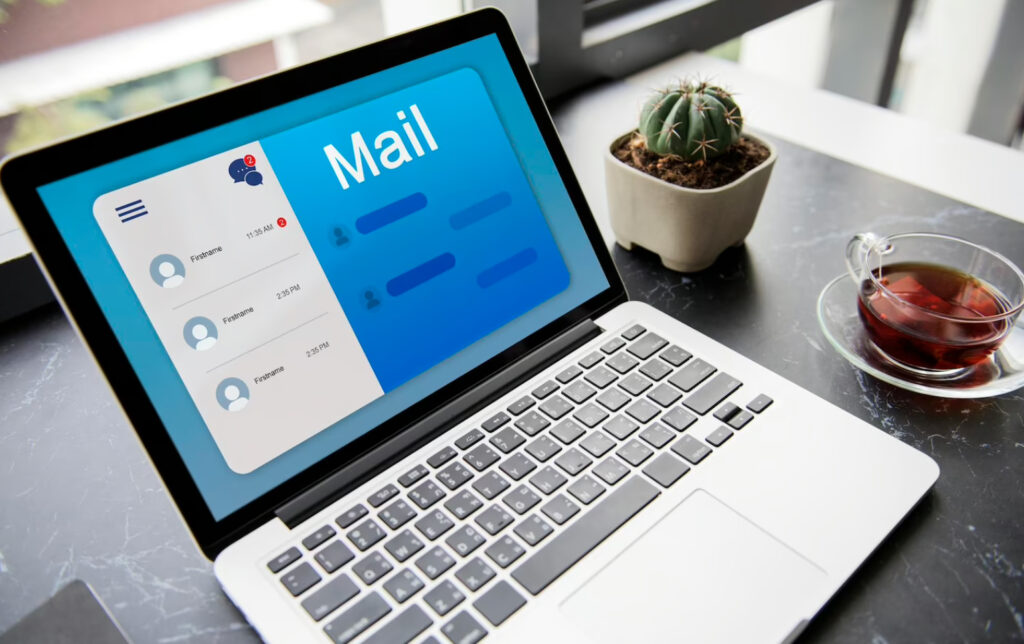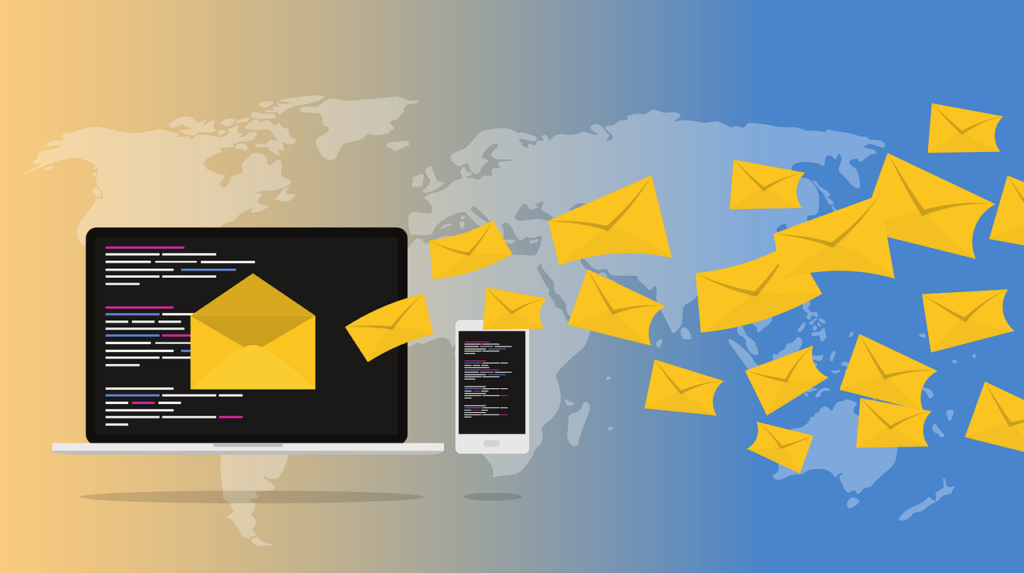Email automation is the use of technology to streamline and personalize email marketing campaigns. By automating email sequences, marketers can deliver timely and relevant messages to subscribers, without the need for manual intervention. Email automation allows businesses to reach their audience more effectively, by targeting them with content that is tailored to their interests and behaviors. In this blog post, we’ll explore the best practices for email automation and provide tips for creating effective campaigns.
Best Practices for Email Automation
Personalization is key to effective email marketing. By segmenting your email lists and tailoring content to each group, you can increase open rates, click-through rates, and conversions. Use data such as demographics, purchase history, and email engagement to create targeted campaigns that resonate with your subscribers.
Triggered emails are automated emails that are sent in response to a subscriber’s behavior or action. Examples include welcome emails, abandoned cart emails, and post-purchase follow-ups. By using triggered emails, you can deliver timely and relevant content that encourages subscribers to take action.
Continuous testing and optimization are essential to improving the effectiveness of your email campaigns. Experiment with different subject lines, calls-to-action, and email designs to identify what works best for your audience. Use data such as open rates, click-through rates, and conversion rates to track your progress and make data-driven decisions.
Email automation is just one part of a comprehensive marketing automation strategy. By integrating your email marketing with other tools such as social media, CRM, and analytics, you can create a seamless customer experience that drives results
Tips for Effective Email Automation
Subject lines are the first thing subscribers see when they receive your email. Use attention-grabbing language and personalization to increase open rates. A/B testing subject lines can also help you identify what works best for your audience.
Mobile devices account for a significant portion of email opens. Ensure your emails are optimized for mobile devices by using a responsive email design. This means the email layout adjusts to fit the screen size of the device the email is viewed on.
Emails that are timely and relevant to subscribers are more likely to be opened and engaged with. Use data such as purchase history and website behavior to deliver content that is tailored to your audience’s interests and needs.
To continuously improve your email automation strategy, it’s important to track and analyze your email campaign metrics. Use data such as open rates, click-through rates, and conversion rates to identify areas for improvement and optimize your campaigns accordingly.
Top Email Marketing Automation Tools
There are a variety of email marketing automation tools available, ranging from basic to advanced features. Popular options include Mailchimp, Hubspot, and ActiveCampaign.
When selecting an email marketing automation tool, consider the features and pricing that best align with your business needs and budget. Some tools offer advanced features such as lead scoring and advanced segmentation, while others may be more basic but more cost-effective.
Consider the pros and cons of each email marketing automation tool before making a decision. Factors such as ease of use, customer support, and integration capabilities should be considered.
Conclusion
Email automation is a powerful tool for marketers looking to improve the effectiveness of their email campaigns. By using best practices such as personalization, triggered emails, testing and optimization, and integration with other marketing automation tools, you can create engaging and effective campaigns that drive results. Don’t forget to track and analyze your email campaign metrics to continuously improve your strategy. And when selecting an email marketing automation tool, consider the features and pricing that best align with your business needs and budget.


